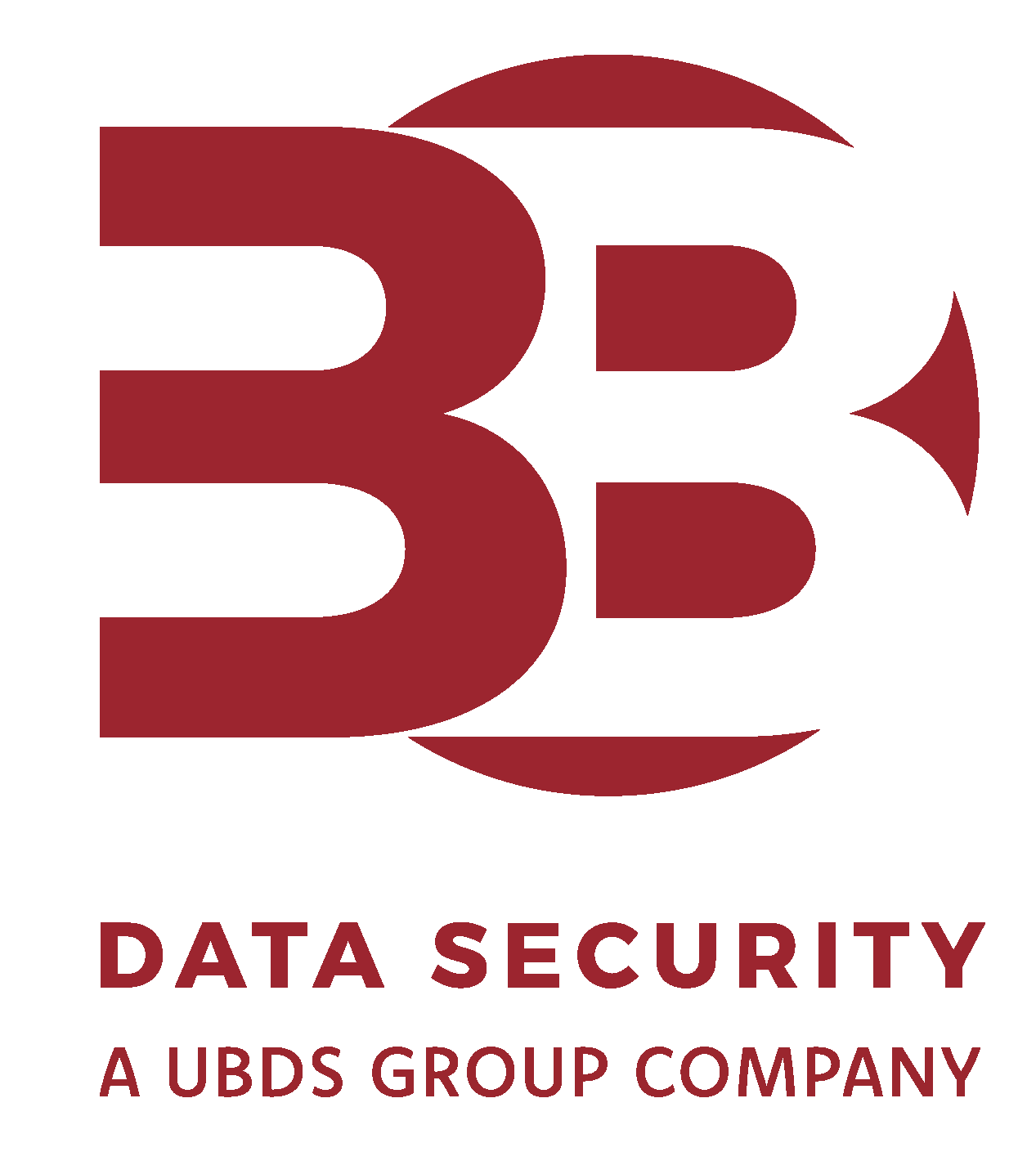Knowledge is often the first line of defence when it comes to combating cyber threats.
By understanding the different types of cyber threats and how to prevent them, you can implement the necessary cyber security defences and reduce the risk of an attack.
In this blog, we take a look at the most common types of cyber attacks and provide practical advice on how you can mitigate these threats.
Phishing Attacks
Phishing attacks are a form of social engineering where cyber criminals attempt to trick individuals into revealing sensitive information. This is typically done by impersonating a legitimate organisation or person, often through email or other forms of communication.
There are several types of phishing attacks:
- Email Phishing: Attackers send fraudulent emails that appear to come from reputable sources.
- Spear Phishing: The attacker personalises their emails to their targets to increase their chances of tricking the recipient.
- Whaling: This form of phishing targets high-profile individuals like CEOs or CFOs.
- Smishing and Vishing: Smishing involves the use of text messages, while vishing involves voice calls.
Prevention of Phishing Attacks
Preventing phishing attacks involves a combination of technical measures and user awareness:
- Email Filters: Use email filters to block spam and other potentially harmful emails.
- Update Software: Many software updates include patches for security vulnerabilities that phishing attempts may exploit.
- Secure Websites: When submitting your information online, always ensure that the website is secure. Secure websites start with “https” and have a padlock icon in the address bar.
- User Education: Regular staff awareness training can help employees identify and respond to phishing attempts.
- Multifactor Authentication (MFA): Implementing multifactor authentication adds an extra layer of security, as it requires users to provide two forms of identification before they can access their accounts.
Malware Attacks
Malware stands for Malicious Software, and are malicious programmes and software that are designed to damage systems, steal sensitive data, or gain unauthorised access to networks.
Some common types of malware include:
- Viruses: A computer virus attaches itself to clean files and spreads throughout a computer system, infecting files with malicious code.
- Ransomware: This type of malware locks and encrypts a victim’s computer data, then demands a ransom to restore access.
- Trojans: Trojans disguise themselves as legitimate software, or are included in legitimate software that has been tampered with. They act discreetly and create backdoors in your security to let other malware in.
Prevention of Malware Attacks
Preventing malware attacks requires a multi-faceted approach:
- Firewalls: Use a firewall to block unauthorised access to your computer system.
- Anti-Malware Software: Use reliable anti-malware software to detect and remove malware. Ensure it’s updated regularly for the latest protection.
- Update Software: Many software updates include patches for security vulnerabilities that malware attacks may exploit.
- Email Attachments: Be wary of email attachments, especially from unknown sources. These can often contain malware.
Man-in-the-Middle (MitM) Attacks
MitM attacks occur when a cyber criminal intercepts communication between two parties in a network. The attacker can eavesdrop, manipulate the data, or impersonate one of the parties to gain access to sensitive information.
There are several types of MitM attacks:
- Wi-Fi Eavesdropping: Attackers set up Wi-Fi connections with very legitimate sounding names, like “Free Airport Wi-Fi,” then monitor the data of users who connect to it. Be mindful when connecting to free Wi-Fi, and avoid carrying out activities that require you to use or access sensitive information, such as online banking.
- Email Hijacking: Cyber criminals can gain access Wi-Fi and’s email account and monitor transactions between the user and a third party (like a bank). The attacker can then impersonate the user and redirect transactions.
- HTTPS Spoofing: Here, attackers create a new, malicious website that looks exactly like the original one. They then use tactics to direct users to the malicious site instead of the original one.
Prevention of MitM Attacks
There are a few actions you can take to help prevent MitM attacks:
- Encryption: Always use encrypted connections (HTTPS, SSL) for secure communication. This can prevent attackers from being able to read or modify the data being transmitted.
- Secure Wi-Fi: Only use secure and trusted Wi-Fi networks. If you need to use a public Wi-Fi network, use a VPN to secure your connection.
- Two-Factor Authentication (2FA): 2FA can prevent an attacker from accessing your accounts, even if they have your password.
- Email Security: Be cautious of email attachments and links, even if they appear to be from a trusted source. Always verify the source before clicking on any links or providing personal information.
Supply Chain Attacks
Supply chain attacks occur when a hacker infiltrates your system through an outside partner or provider with access to your systems and data. In these attacks, cyber criminals target less secure elements in the supply chain to reach their ultimate target.
There are several types of supply chain attacks:
- Hardware Attacks: These occur when a physical component within the supply chain is tampered with. For example, a component could be altered to include a hardware-based exploit.
- Software Attacks: These attacks involve the use of compromised software. For instance, a software update might be tampered with to include malicious code.
- Third-Party Vendor Attacks: In these attacks, a trusted third-party vendor with access to your network is compromised. The attacker then uses this access to infiltrate your network.
Prevention of Supply Chain Attacks
Preventing supply chain attacks can be challenging due to their nature, but there are a few strategies that can help:
- Vendor Risk Management: Regularly assess the security measures of your partners and suppliers. Ensure they adhere to stringent cyber security standards.
- Regular Monitoring and Auditing: Regularly monitor and audit third-party activities and access to your systems.
- Incident Response Plan: Have a robust incident response plan in place that includes procedures for dealing with supply chain attacks.
- Cyber Security Training: Train employees to recognise and report potential signs of a supply chain attack.
Insider Threats
Insider threats refer to security risks that originate from within the organisation. These can be employees, former employees or contractors who have legitimate access to the organisation’s systems.
There are several types of insider threats:
- Malicious Insiders: These are individuals who deliberately misuse their access to harm the organisation. This could involve stealing sensitive information, sabotaging systems, or conducting espionage.
- Negligent Insiders: These individuals unintentionally cause harm through carelessness or lack of knowledge.
- Infiltrators: These are individuals who gain insider access through deception. They might pose as employees, contractors, or other trusted individuals to gain access to the organisation’s systems.
Prevention of Insider Threats
Preventing insider threats involves a combination of technical measures, policies, and training:
- Access Controls: Implement strict access controls and ensure that individuals only have access to the information necessary for their roles. Regularly review and update these access privileges.
- User Activity Monitoring: Monitor user activity to detect any unusual or suspicious behaviour. This can help identify potential insider threats before they cause significant damage.
- Security Awareness Training: Provide regular training to employees about the importance of cyber security and how to handle data responsibly.
- Incident Response Plan: Have a robust incident response plan in place that includes procedures for dealing with insider threats.
Prevent and Respond to Cyber Threats
By understanding the most common types of cyber attacks and their prevention methods, you can significantly reduce your risk and ensure your organisation remains secure. However, cyber security is not a one-time solution but a continuous process of learning, adapting, and implementing robust security measures.
At 3B Data Security, we specialise in helping organisations not only implement measures to mitigate the threat of these attacks, but also provide round-the-clock support to respond and recover from any incidents.
Our team of specialist consultants are on-hand 24x7x365 to assist you in containing the incident, recovering your systems, and making sure you have measures in place to ensure you don’t fall victim again.
Don’t wait until a cyber attack occurs, be proactive with your cyber security measures. Contact us today to learn more about how we can help protect your organisation.







